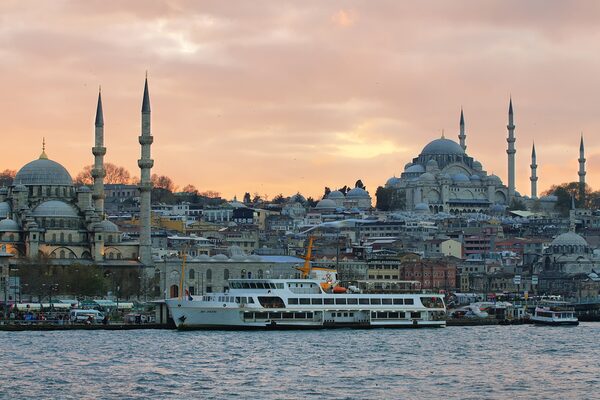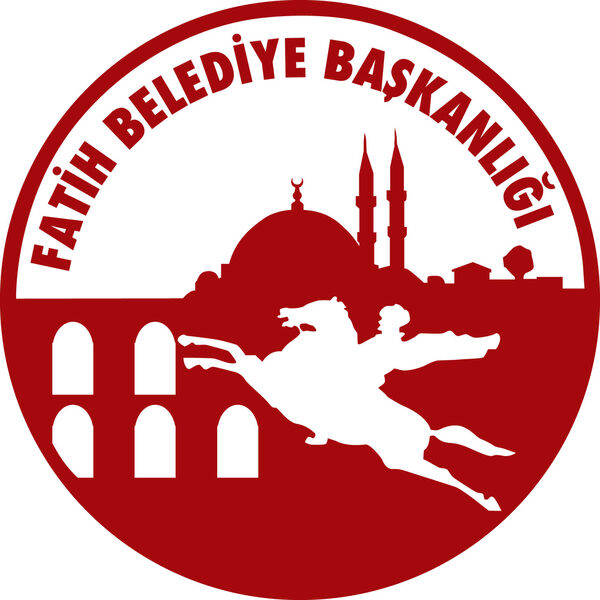Fatih (Turkey)
The town twinning between Wiesbaden and Fatih, a district of Istanbul, Turkey's most populous city, is one of Wiesbaden's more recent town twinnings.
Worth knowing
In the summer of 2006, the Foreigners' Advisory Council of the state capital Wiesbaden decided to initiate a city partnership with a Turkish city and submitted its request to the Committee for Citizen Participation, International Understanding and Integration. In May 2009, a delegation from Wiesbaden visited the Istanbul district of Fatih. The return visit from Fatih took place in April 2012. Finally, in June 2012, the Wiesbaden City Council decided to establish the town twinning.
Immediately after the town twinning between Wiesbaden and Fatih was proclaimed, a twinning association was founded. The twinned cities maintain an intensive exchange between their schools and there are numerous study and educational trips.
Fatih is divided into 57 districts (Mahalle) with a total population of just under 368,000 (2022).
Fatih, located on the European side of Istanbul, fascinates visitors with its historic old town and numerous famous mosques. Important museums in the district include the Archaeological Museum near the Topkapı Palace, the Museum of Turkish and Islamic Art at the Hippodrome and the "Hagia Sophia". (opens in a new tab)
Further information
Coat of arms Fatih
The coat of arms combines architecture, history and administration by depicting prominent landmarks and the city's founder. It conveys pride in the cultural and historical importance of Fatih - and tells the story of a conqueror who gave Constantinople an Ottoman heritage.
The coat of arms is reduced to clear, reduced forms - easily memorable in various sizes and media, from signs to digital platforms.
The dome and minarets of the Fatih Mosque are clearly visible in the background. The famous Valens Aqueduct is depicted below on the left - both striking landmarks of the Fatih district and evidence of its Ottoman history. In the foreground, a schematic figure on a horse is indicated: most likely Sultan Mehmet II ("the Conqueror"), who conquered Constantinople in the 15th century and gave the district its name. The depiction is surrounded by a circle, which symbolizes unity and continuity.
The coat of arms exists in different color variations, the red-brown hue stands for the historical connection to the earth and is reminiscent of Byzantine architecture.

